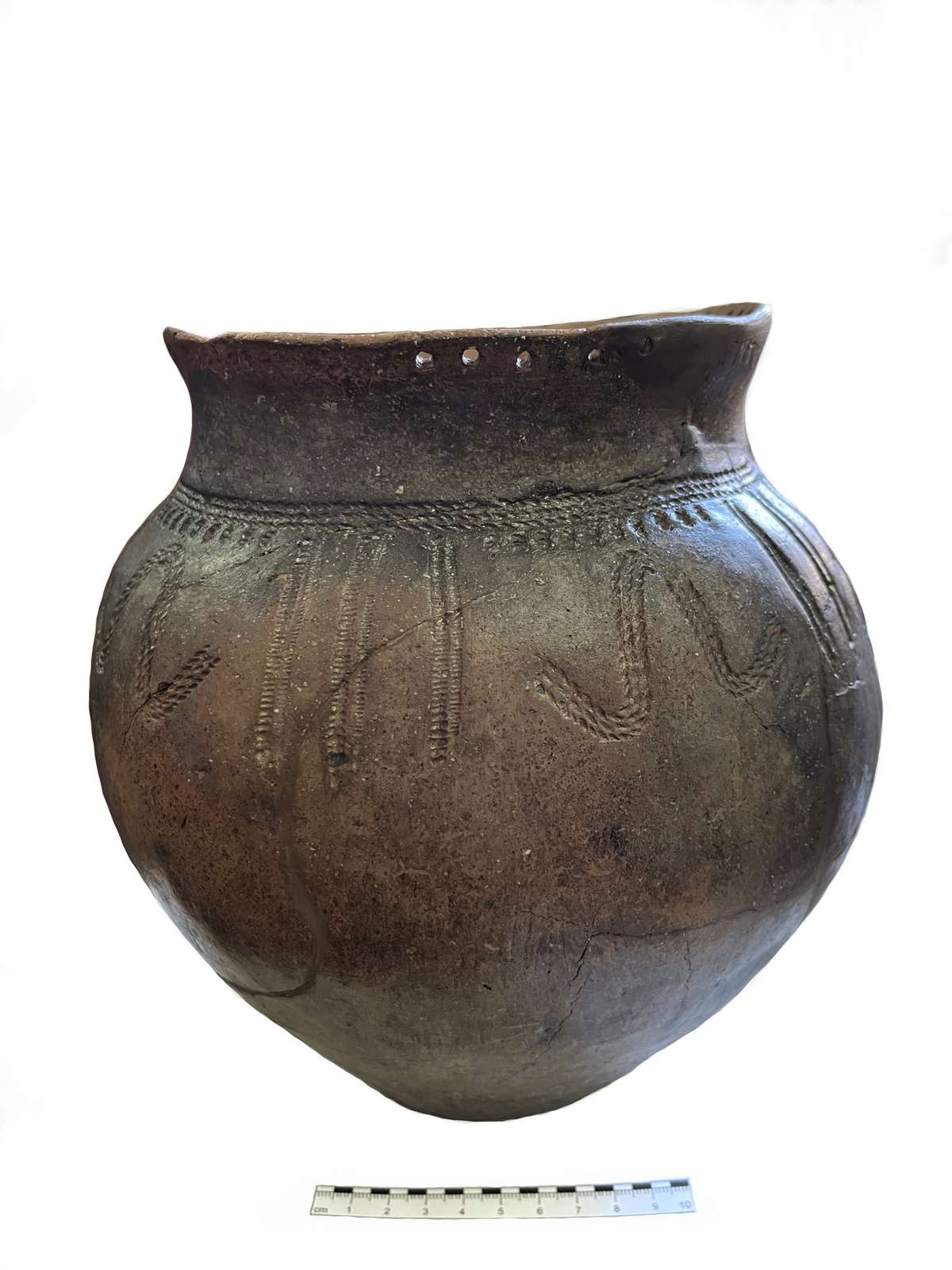  Events Archive Events Archive
The 16th Heraldry Symposium
April 27, 2022
On April 27, 2022, when the Republic of Moldova celebrates the Day of its State Flag and the State Emblem, the 16th Heraldry Symposium was held at the National Museum of History of Moldova, in which about 30 people took part on-site and online. This time, the symposium, traditionally organized by the Paul Gore Genealogical, Heraldry and Archival Society in partnership with the National Heraldry Commission under the President of the Republic of Moldova and the National Museum of History of Moldova, was dedicated to the 30th anniversary of the creation of the national system of state insignia of the Republic of Moldova. The participants were welcomed by Corresponding Member of the Academy of Sciences of Moldova Mariana Șlapac, President of the National Heraldry Commission and Dr. habil. Eugen Sava, General Director of the National Museum of History of Moldova. Seven scientific communications were made, four speakers representing the Republic of Moldova and three were from Romania. The first two speakers, in accordance with the scientific theme of this year's symposium, addressed phaleristics, and the others touched upon the issues of heraldry, sigillography and biographies of figures in the field of science and art of heraldry. The following communications were presented: 1. Dr. Silviu TABAC (Office of the President of the Republic of Moldova), Ordinele Republicii Moldova instituite în anii 1994-2004: „Gloria Muncii”, „Recunoștința Patriei”, „Ordinul de Onoare”, „Credință Patriei” [Orders of the Republic of Moldova established in 1994-2004: “Labor Glory”, “Gratitude of the Motherland”, “Order of Honor”, “Loyalty to the Motherland”]; 2. Dr. SZEKERES Attila István (Heraldry and Vexillology Association of Transylvania, Sfântu Gheorghe), Ornatul Ordinului „Sfântul Ștefan” al Ungariei la Sibiu [Ornament of the Order of Saint Stephen of Hungary in Sibiu]; 3. Dr. Ana BOLDUREANU (National Museum of History of Moldova), Plumburi medievale din secolele XV-XVI descoperite recent la Orheiul Vechi [Medieval lead objects of the 15th-16th centuries recently found in Old Orhei]; 4. Drăgan-George BASARABĂ (December 1, 1918 University of Alba Iulia), Un vlăstar ilegitim al familiei de Saxa-Coburg-Saalfeld născut pe pământ românesc – baronul Friedrich de Rohmann [An illegitimate offspring of the Saxe-Coburg-Saalfeld family born on Romanian soil – Baron Friedrich de Rohmann]; 5. Alexandru MOLCOSEAN (Institute of History, Chișinău), Sigilii ale instituțiilor de partid din RASS Moldovenească (1926-1934) [Seals of party institutions of the Moldavian ASSR (1926-1934)]; 6. Dr. Tudor-Radu TIRON (National Commission of Heraldry, Genealogy and Sigillography of the Romanian Academy), Academicianul Dan Berindei (1923-2021) – un genealogist în slujba heraldicii românești [Academician Dan Berindei (1923-2021) – a genealogist in the service of Romanian heraldry]; 7. Angela FURTUNĂ (Office of the President of the Republic of Moldova), Iurie Caminschi (1961-2020) – primul pictor-heraldist oficial al Republicii Moldova [Iurie Caminschi (1961-2020) – the first official heraldry artist of the Republic of Moldova].
Then the writer and translator Emilian GALAICU-PĂUN presented two books on the history of symbols recently published by the Cartier Publishing House in Chișinău: - Michel Pastoureau, O istorie simbolică a Evului Mediu Occidental, 2nd edition, revised; translated from French by Em. Galaicu-Păun, Chișinău, Cartier Publ., 2022, 429 pp. (Cartier istoric series); - Michel Pastoureau, Regele ucis de-un porc. O moarte infamă la originea emblemelor Franței, translated from French by Em. Galaicu-Păun, Chișinău, Cartier Publ., 2022, 207 pp. (Cartier istoric series).
At the end of the proceedings, under the guidance of Mrs. Ana Boldureanu, the participants present in the conference room had the opportunity to visit the exhibition “The Tricolor – Symbol of Dignity” organized by the host museum on the occasion of the commemorative day of April 27. The papers of the symposium will be published in the “Heraldica Moldaviae” yearbook.
|


























































